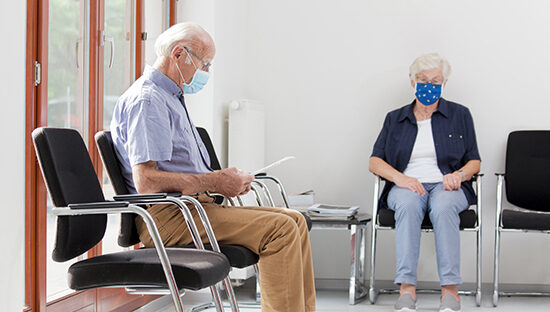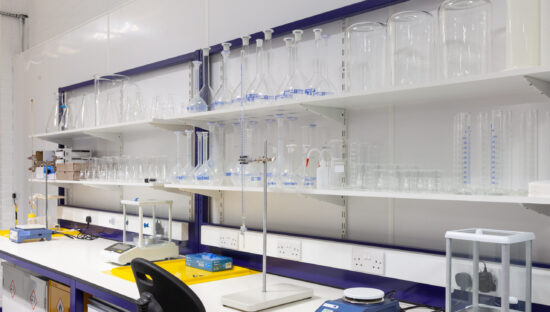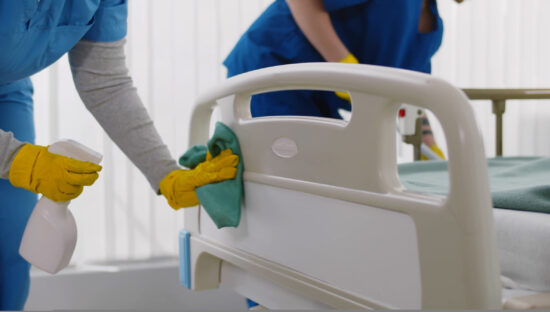
Why does our Health Trust need Environmental Sampling Services?
Monitoring your healthcare environment through environmental sampling is as essential to infection prevention and control (IPC) as maintaining rigorous disinfection and cleaning procedures.
There are two ways in which environmental sampling can help your health trust – strategic decision-making and chain of transmission control.
Environmental sampling to drive decision-making
Too many new IPC technologies are being offered to the healthcare sector without data to support claims as to their effectiveness, leading to confusion among NHS Trusts.
If you are thinking about implementing a new cleaning strategy or introducing new IPC technology, you need to know how effective it can be in your specific environment and be able to present a sound case for your investment.
Environmental sampling provides empirical evidence that allows you to make data-driven decisions on investing in new strategies and technology.
Environmental sampling to control the chain of transmission
Environmental sampling can be used to establish the vector of transmissions within a ward and thereby break the chain of transmission, ultimately helping reduce the number of hospital-acquired infections (HAI) under your care.
This not only reduces the number of infections and deaths among your patients, staff and visitors but also brings significant money-saving benefits to your Trust.
- The British Medical Journal quotes a modelling study based on a combination of published data and clinical practice from NHS England hospitals, that revealed that 5.6 million occupied hospital bed days (approximately 20% of the annual number) were attributable to (healthcare-acquired infections (HCAI).
- A pre-Covid report from The Health Foundation calculated the cost of HCAI patients at £9,879 – 20.1 times higher than that of patients without HCAI
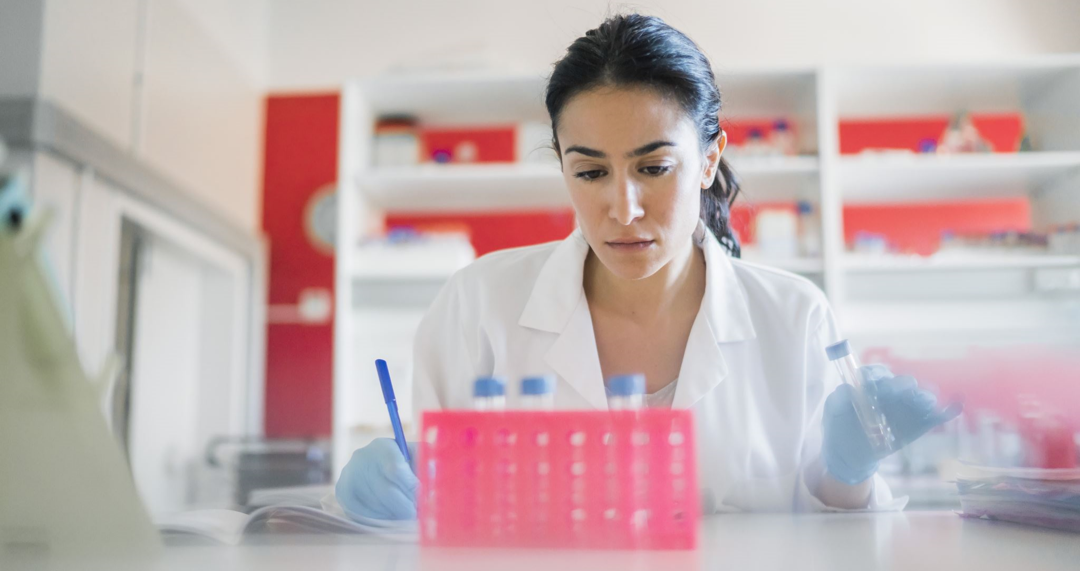
How are Environmental Sampling Services carried out?
When Test Labs conducts environmental sampling, their team visits the site to take samples from the air, surfaces and water supply both before and after the implementation of any new IPC strategy or technology.
On arrival at our laboratory, these samples are subjected to analysis and a full report is issued that highlights the differences in contamination levels before and after the implementation. The analysis and processing are carried out on the principles described in BS EN 17141:2020 – Cleanrooms and associated controlled environments. Biocontamination control.
How has Environmental Sampling helped other Trusts?
To illustrate the benefits of Test Labs’ Environmental Sampling Service, let’s look at two real-life case studies. For the purposes of confidentiality, the names of Trusts and any other parties involved in these case studies have been omitted.
Case Study #1: New Technology
An NHS Trust wanted to invest in new air purification technology but was unsure whether the technology’s performance would match the manufacturer’s claims to reduce their general level of microbial contamination.
On the day before the technology was installed, Test Labs visited the site and took surface swabs and air samples from specified locations throughout the ward agreed with the local nurses.
The new technology was then run for seven days before we took fresh swabs and samples from the same locations. After 45 days of running the new technology, we took a third set of swabs and samples from the same locations. These three sets of samples were used to determine whether the new technology made a significant difference after seven days of operation and whether the results after 45 days were the same, worse or better than those taken after seven days.
The results:
After seven days, the results showed the implemented technology had helped reduce contamination of air and surface. The results gave the Trust confidence to implement the technology for ongoing IPC.
The results taken after 45 days confirmed that the overall contamination level was continuing to fall as a result of the new technology.
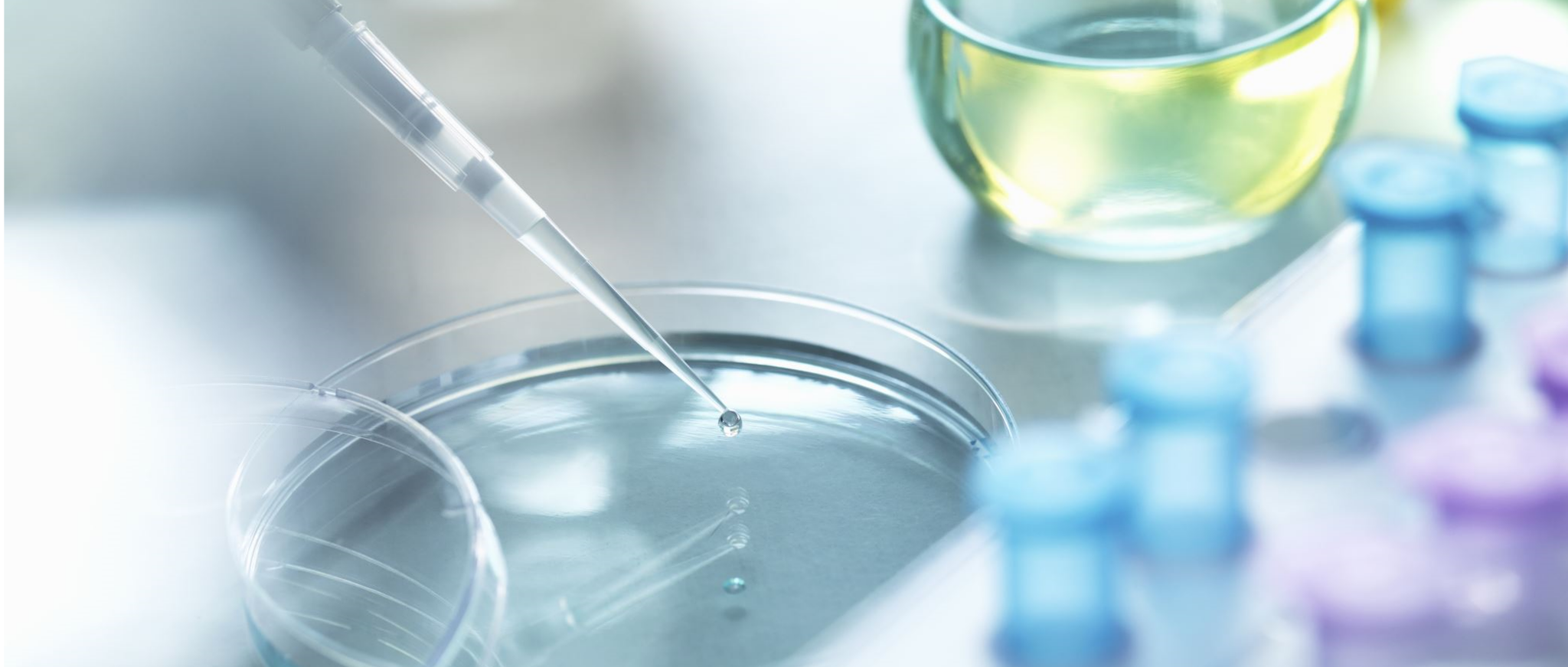
Case Study #2: Breaking the Chain of Transmission
Repeated local outbreaks of a specific bacteria had led to multiple infections and deaths among patients on a ward. The NHS Trust called in Test Labs to evaluate the situation and possible routes of transmission.
An initial scoping exercise was performed before taking samples, to understand local practices for cleaning, movement of staff and equipment from one area to another within the ward. This resulted in a full sampling plan, which identified most at risks location. One of this, was a group of medical devices heavily used in the ward. The medical device could be dismantled, and the internal components were chosen as a possible at risk location.
We took numerous surface swabs, water samples from sinks and air samples from different locations according to the sampling plan throughout the entire ward and transported them back to our laboratory for analysis.
The results:
On analysing the results, the evidence pointed to a specific item of medical equipment as the potential source of infection and further tests confirmed the causative infectious organism was present within this location. Additionally, one of the water samples from a sink was found to be contaminated with Pseudomonas spp. despite a water filter was installed.
The filter was immediately changed, which potentially prevented further infections to spread. With a clear chain of transmission now confirmed, the Trust was able to implement a deep clean of the entire ward while concentrating their cleaning efforts on known sources of infection.
The Route to Environmental Sampling
To discuss environmental sampling services for your health trust, contact Test Labs on 020 3813 0969, at info@testlabsuk.com or via our online contact form.


